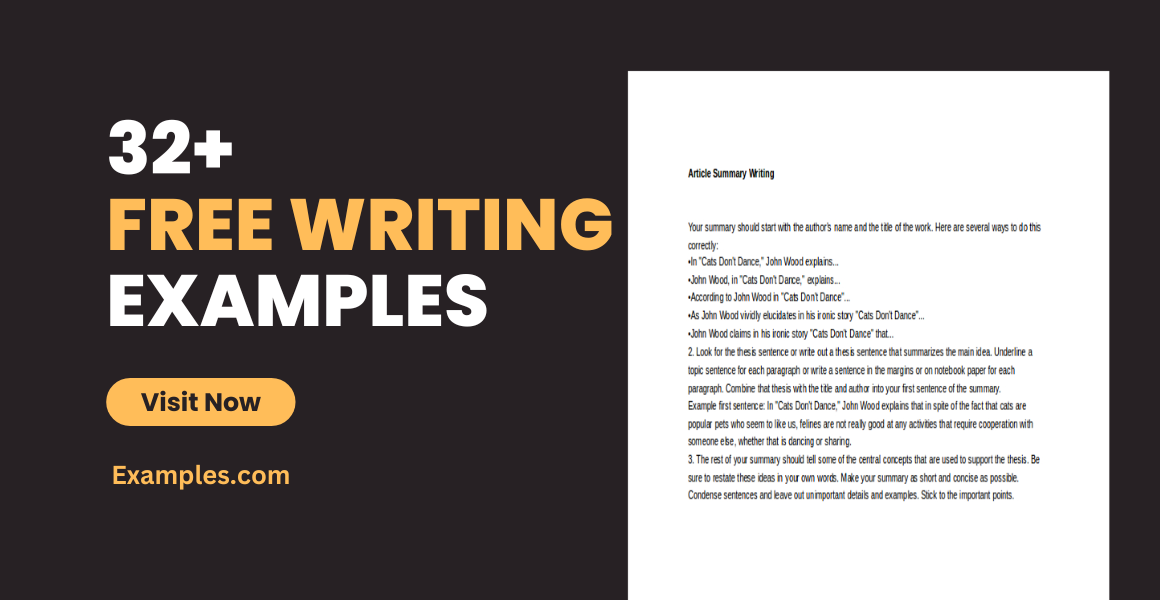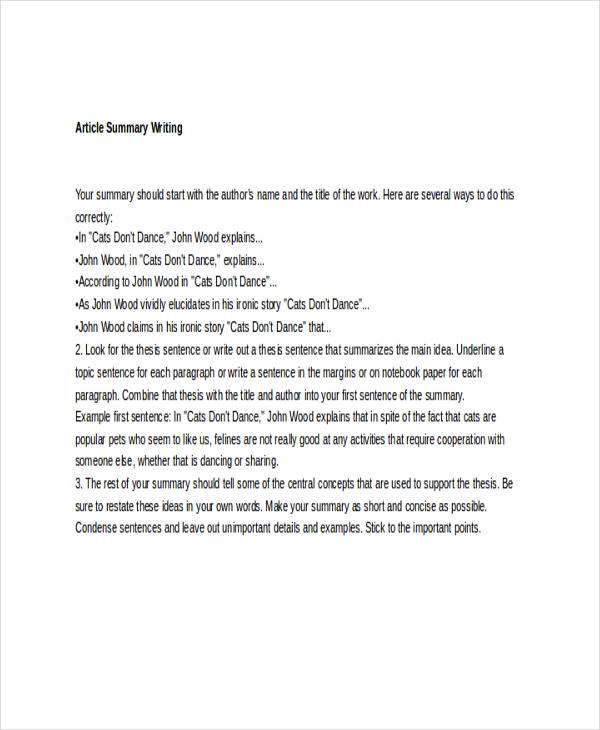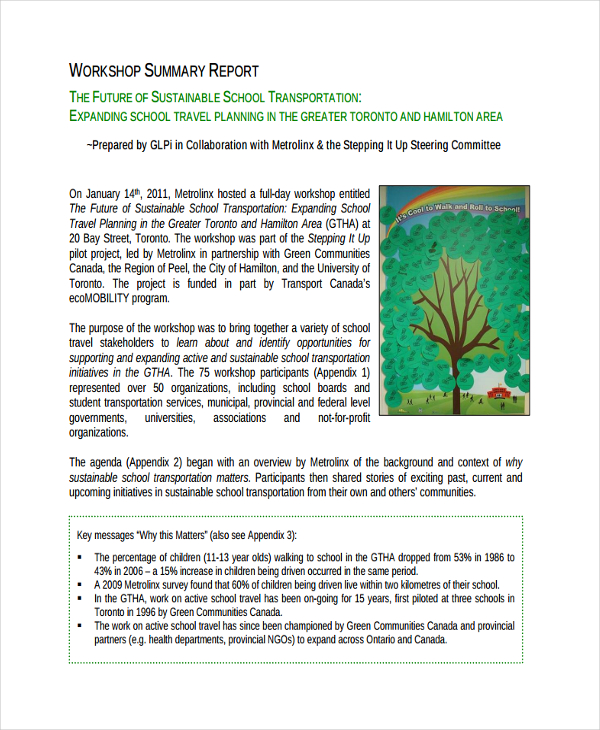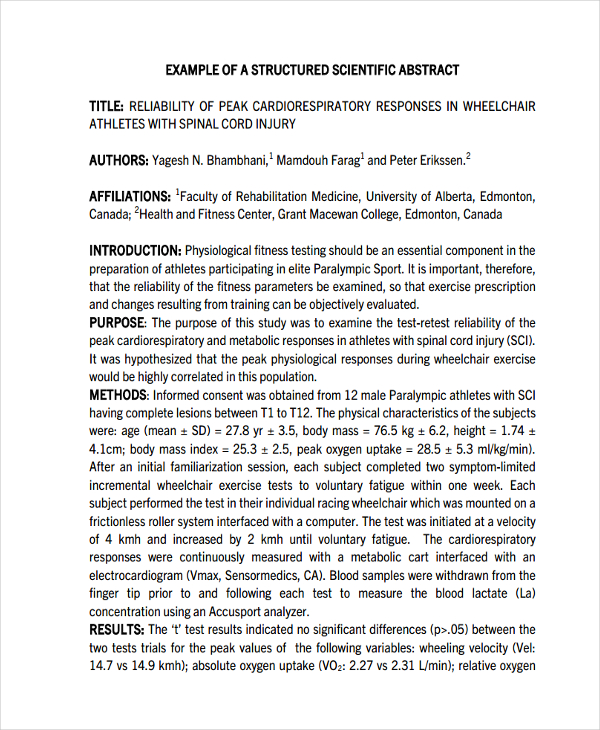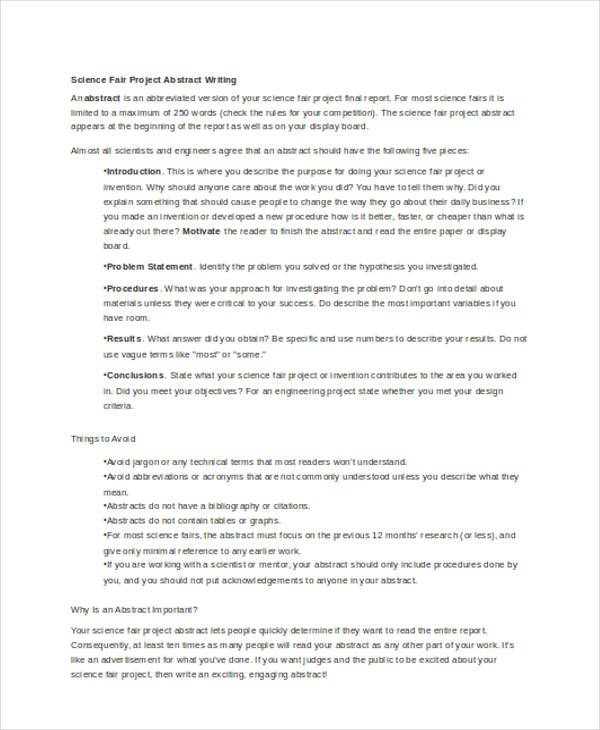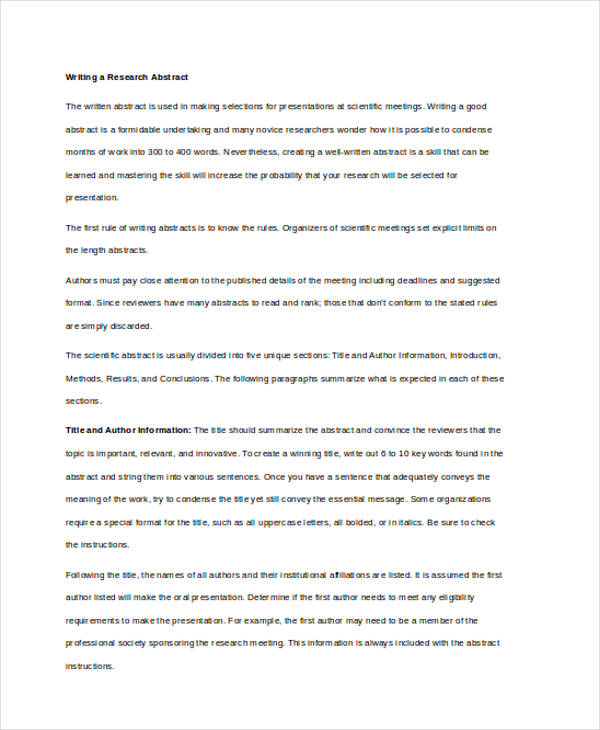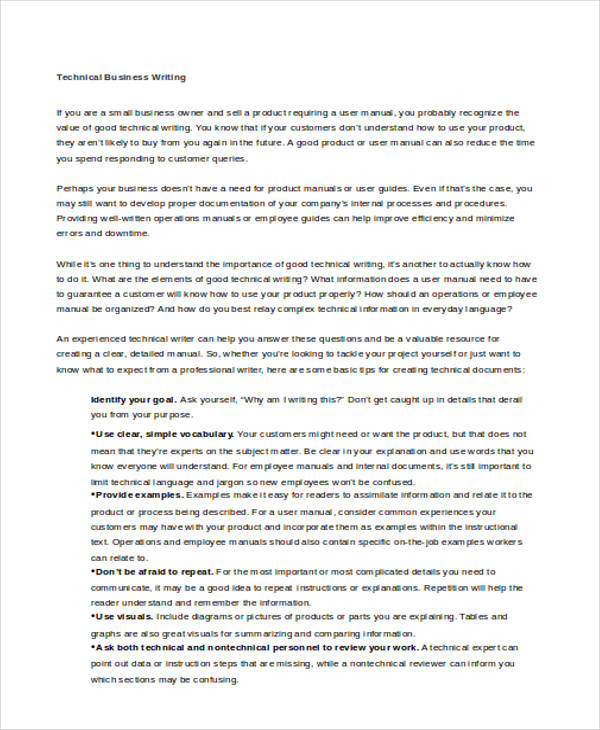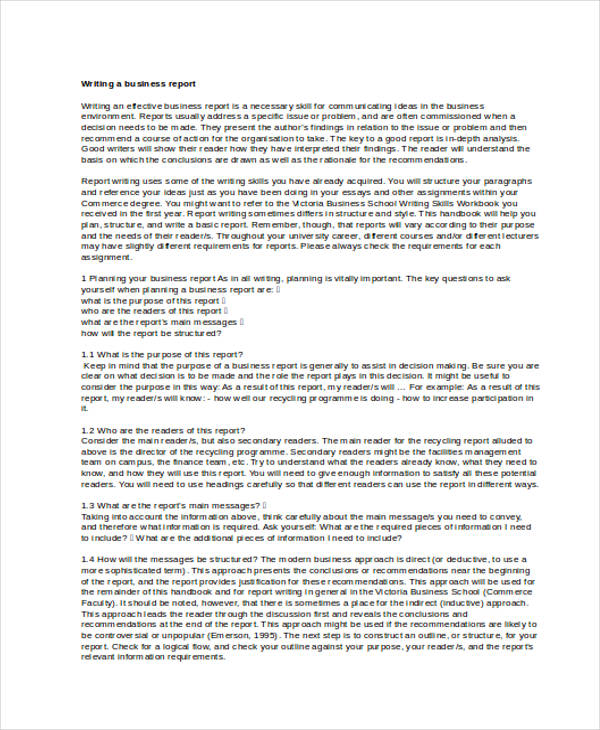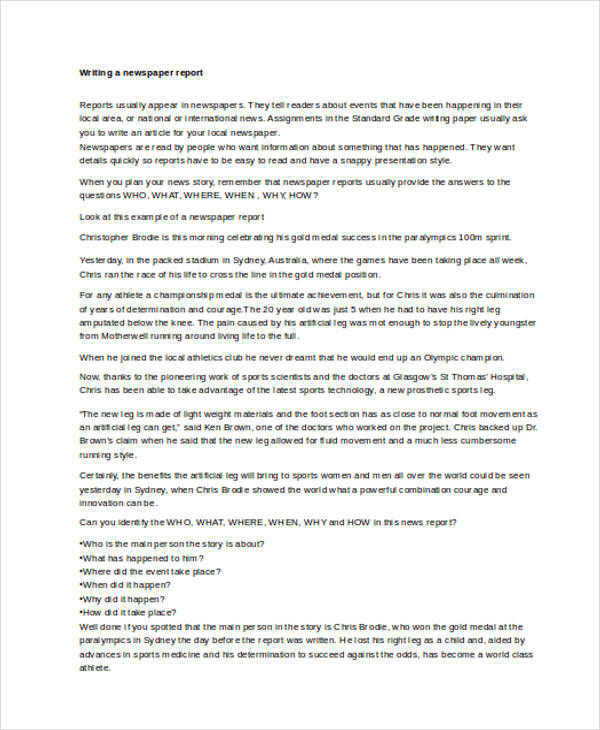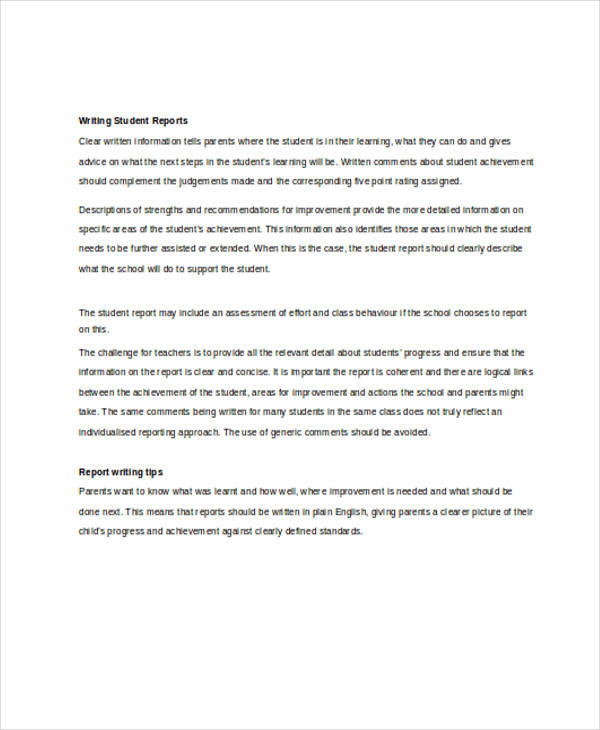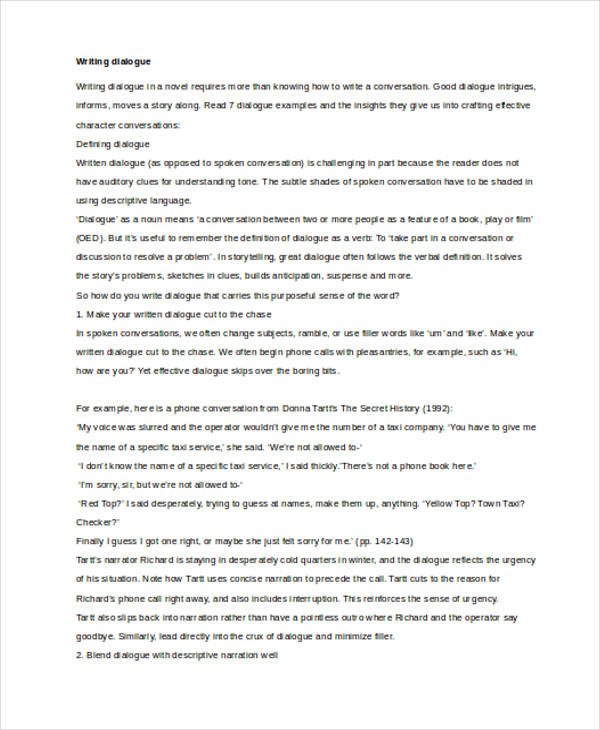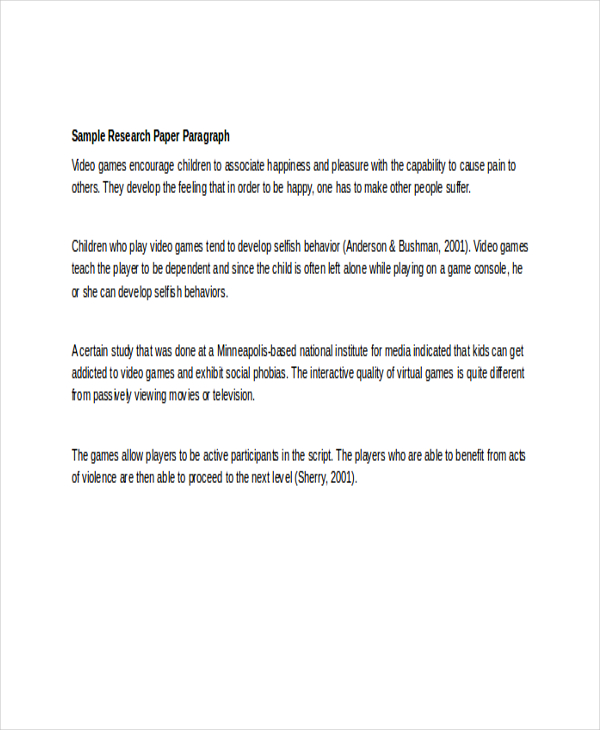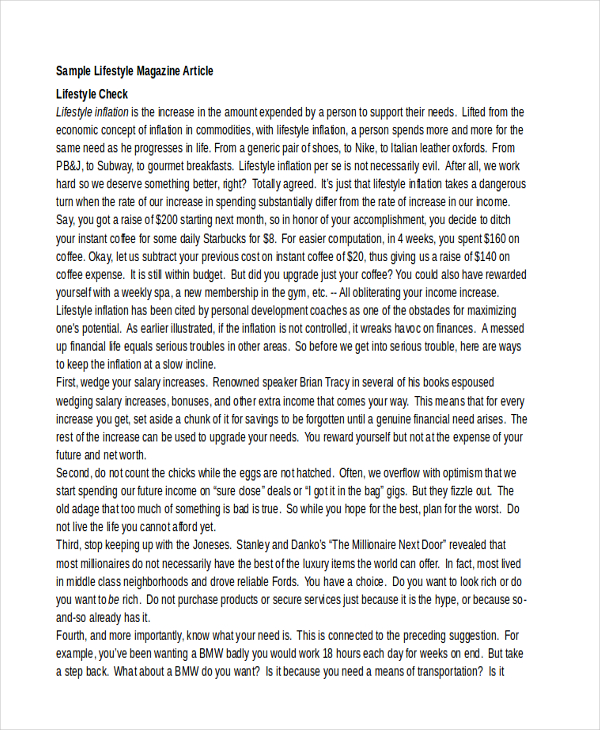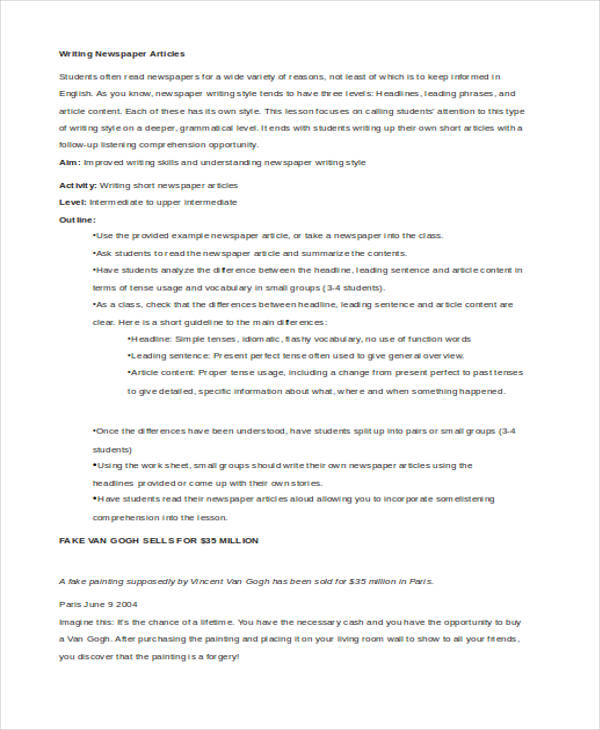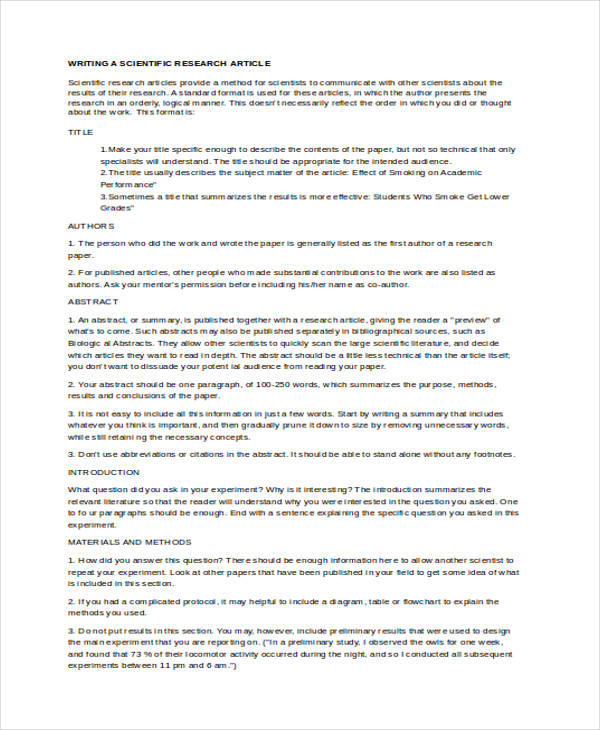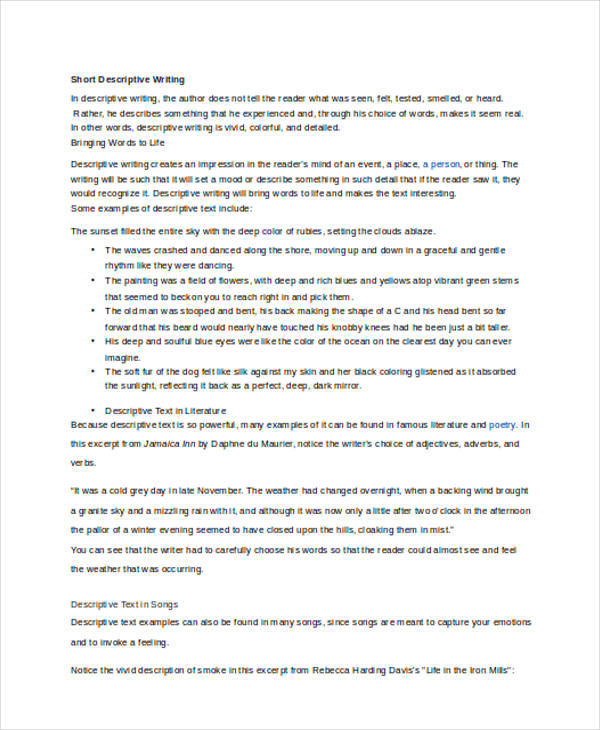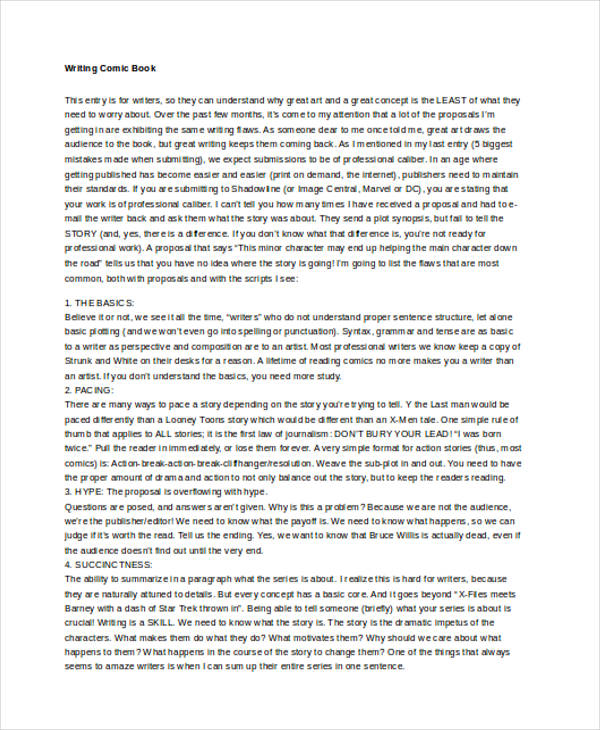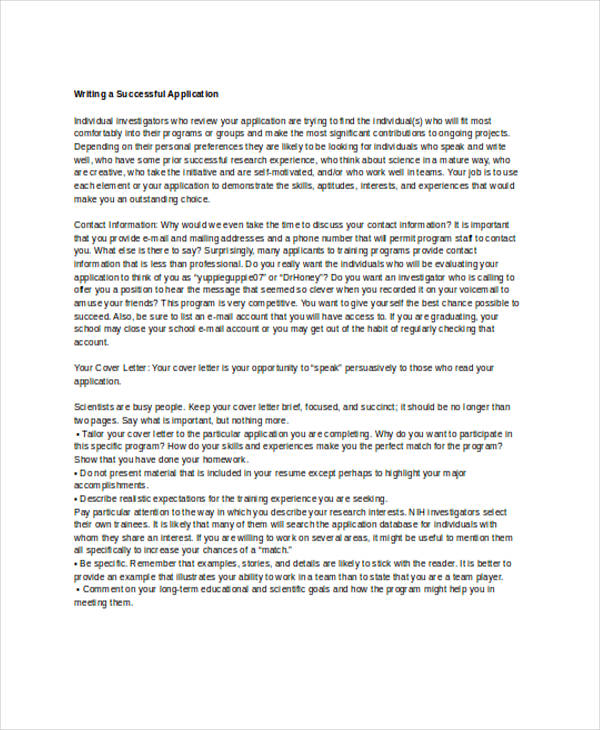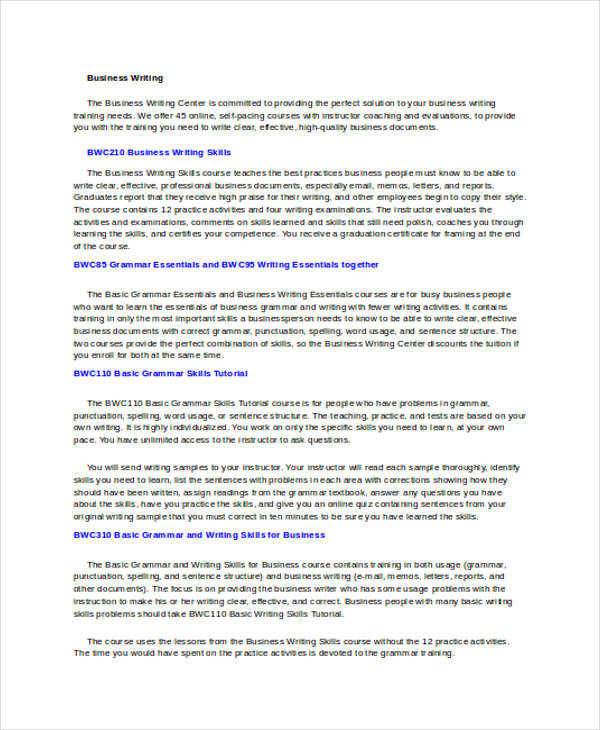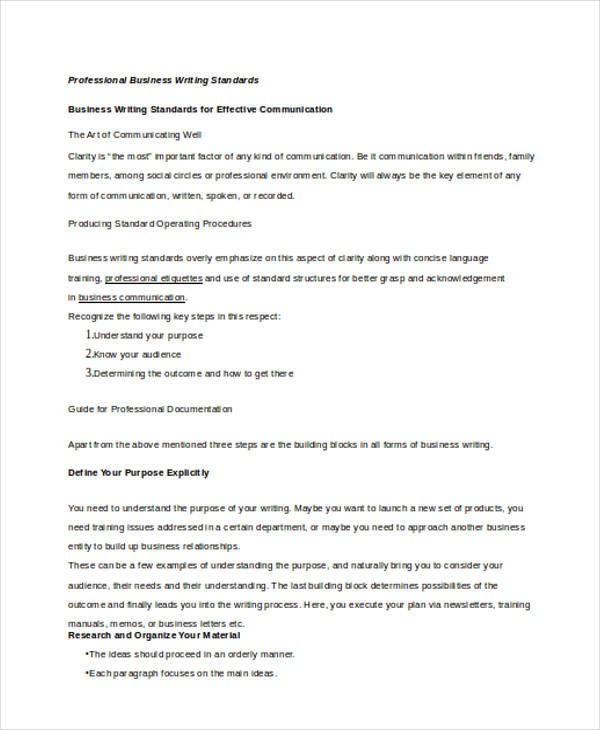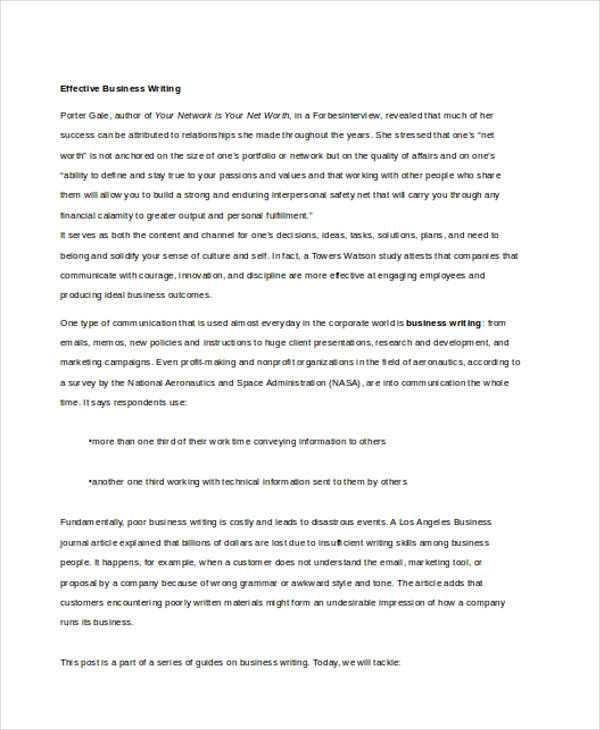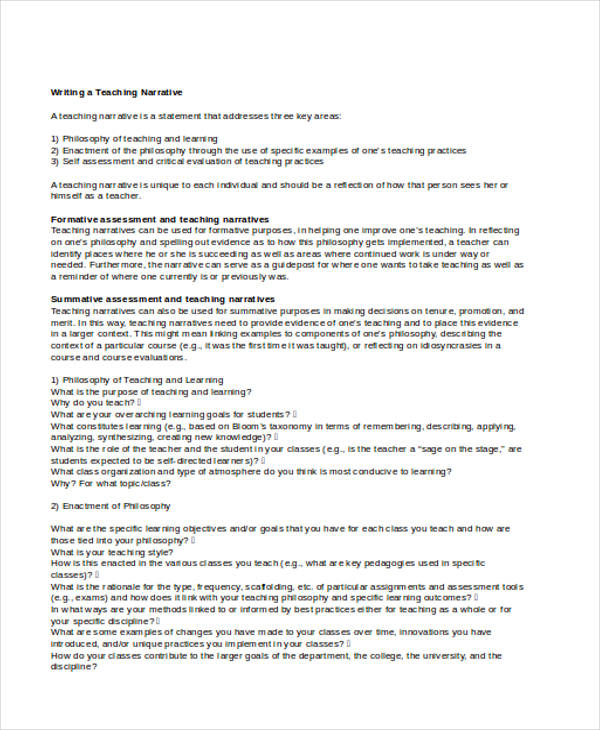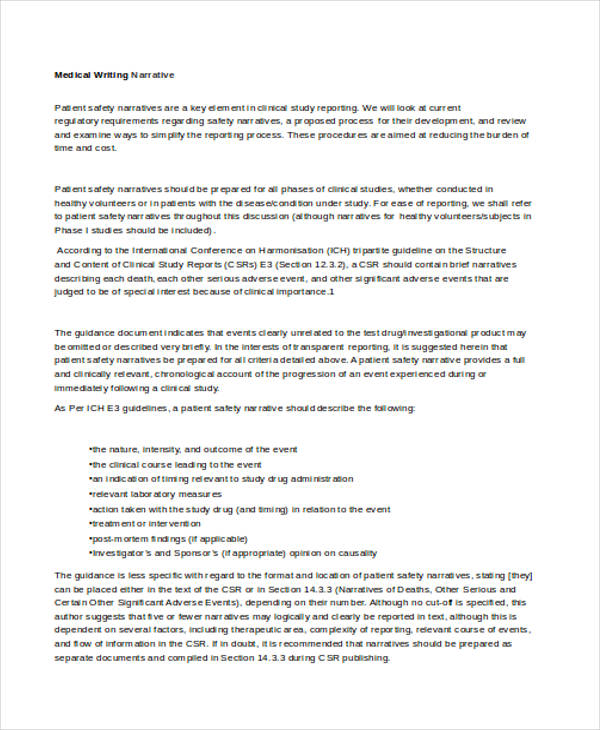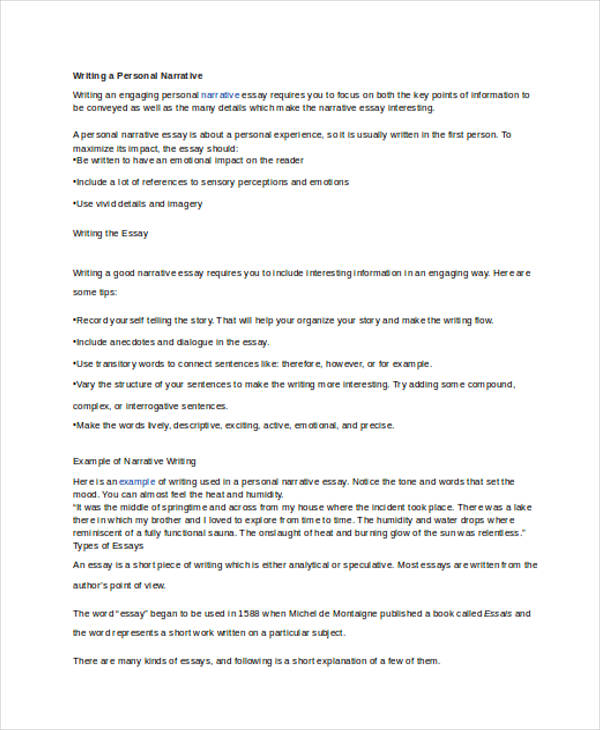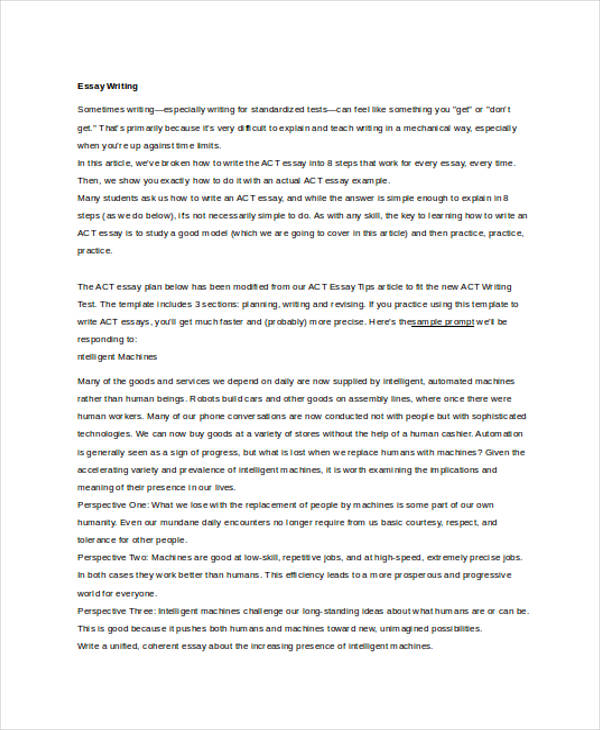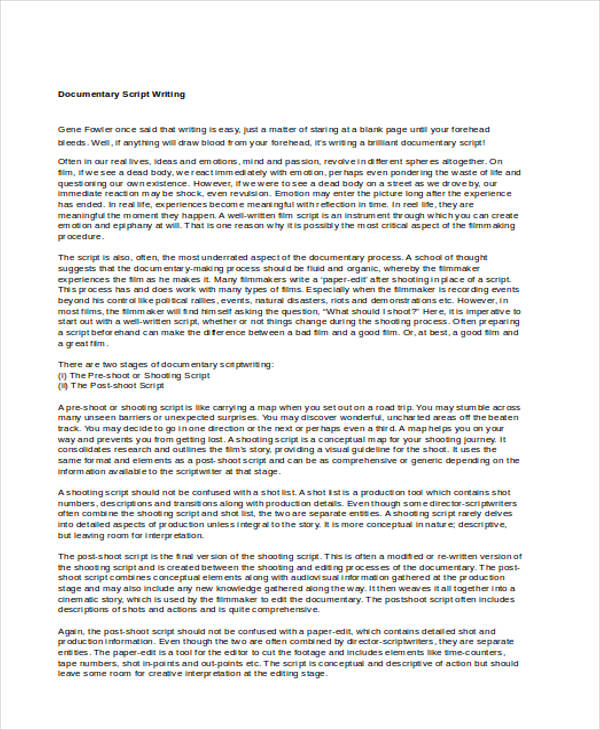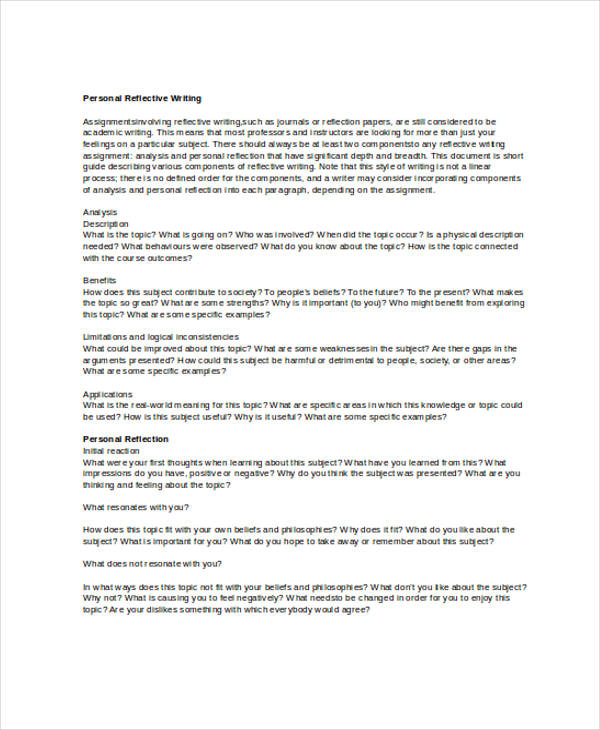32+ Writing Examples
Writing documents is already a part of the lives of people. May it be students who need to pass academic requirements or employees who are tasked to submit a written report, there will always be a reason why people will write within the scope of their functions and responsibilities.
Writing skills are essential to assure that the written output will be highly-usable and relevant to the reason why the document has been created. No matter if it is freelance writing or business writing, it is very important to always be aware of the format and content of a document. This post can help you create different kinds of articles and other written works through our curation of free writing examples and templates.
Summary Writing Example
Article Writing
Report Summary
Abstract Writing
Scientific Abstract
Project Writing
Research Abstract
Technical Writing Example
Technical Content
Business Writing
Technical Essay
What Are These Free Writing Examples?
writing examples in Doc are samples and templates of different kinds of documents that are written for specific purpose. There are different variations of writing examples and a few of them are as follows:
- Reports are considered to be performance-based and / or factual most of the time. Writing a report can be due to educational presentations, public announcements, organizational showcase and the likes.
- Letters can either be personal or professional. There are letters for appointments, business transactions, interviews and proposal templates. More so, letters can also be created to write an apology, an invitation and congratulatory messages.
- Print includes writing activities that are related to a variety of media and print platforms or mediums. It can be for magazines, newspapers, and any other physical copies of written information intended for public consumption.
How to Write a Report
One of the examples of documents that are needed to be keenly written is a report. Just like script writing examples, reports should be structured, organized based on plot discussion and should provide necessary information to the expected audience.
To write a comprehensive report, here are some of the steps that you may follow:
- Identify the purpose of the report and know the items that are important to be discussed, analyzed and / or presented.
- Know your audience so you can supply them with information that are related and aligned with their wants and needs.
- Research on the items of discussion that you will present so your report will be based on facts.
- Be precise with the things that you will place in the document especially if the report will be used for business transactions. More so, it is important for you to arrange the content of your report based on the formal report format applicable to be used in the process where the report is made for.
- Review the entire document and identify errors that should be corrected and areas that are needed to be improved.
Report Writing Example
Business Report
Newspaper Writing
Student Report
Formal Writing Example
Formal Dialogue
Essay Writing
Academic Formal
Article Writing Example
Magazine Article
Newspaper Writing
Research Article
Guidelines from Writing Examples
Writing templates and examples serve as guides which can help people to format the content and layout of the documents that they need. Some of the tips and guides that you may incorporate in writing examples include the following:
- Know the software that is the most appropriate to be used for the written document. There are writing examples in PDF, DOC and Excel. Selecting the software where you will create the document will allow you to assure that formatting will be easier and that it can fully showcase the details that are necessary to be presented.
- Research on the specific formatting needs of documents. As stated above, use of writing examples have different natures of usages. There are some that are general in terms of content creation and there are also some that specifically addresses a function or an issue. Knowing the basic format of the sample document that you need to write will allow more people to use them as references.
- Be specific with the scopes and limitations of the usages of the example documents that you will make. Since the nature of written documents vary, there are also various entities who can benefit from their usages. If you will create any kind of written examples, you need to assure that people are well aware on where to use them, how to use them, and why it is necessary for them to refer to the example that you have made.
Descriptive Writing Example
Short Descriptive
Teaching Writing
Book Writing Example
Comic Book Writing
Application Writing
Expository Writing Example
Business Writing Example
Formal Business
Professional Writing
Effective Business
How to Improve Free Writing
Writing skills that is thought to an individual. However, it is only the technical aspect of the specified activity For you to be able to write a document, you need to be guided by both creativity and writing principles. You can improve on free writing by following these tips:
- It will be helpful if you will browse through different kinds of both informal and formal writing examples. This will help you to have an idea on how specific documents should be written and presented. Doing research is a way for you to widen your knowledge and perspective on different kinds of writing styles, techniques, and formats.
- Make sure that you already have an outline of the things that you would like to present in the document that you will make. Having an idea on how to discuss information will allow your written document to be organized, well-curated and informative.
- Be particular with what the document is for. There are abstract writing examples, business writing samples and other kinds of writings that are beneficial to different workflows and environments.
Helpfulness of Writing Examples
There are a lot of ways on how writing examples are beneficial to the processes of business writing and functions of individuals. Some of the purposes of writing examples are as follows:
- To help students with regards to the report writing, projects and assignments that they need to create
- To provide references to employees who need business document samples usable for corporate presentations and meetings
- To guide freelance writers with the formats that they can use for their work functions and other writing commitments
- To be used as examples by researchers and other professionals who need to properly curate documents necessary for the situation or instance where they are currently involved in
Narrative Writing
Teaching Narrative
Medical Writing
Personal Narrative
Act Writing Example
Act Plus
Essay Writing
Script Writing
Documentary Writing
Reflective Writing Example
Personal Writing
Benefits of Writing Samples
The usages of writing samples can be very helpful to different entities. Some of the benefits of writing samples include the following:
- Business writing examples can help professionals a lot in terms of creating corporate documents may it be used by the management, the entire operational team, or specific corporate departments. Business write-ups are commonly found on corporate magazines, brochure examples, online pages of establishments and the likes. These written documents are made to provide information to the people within an industry with regards to field updates and other changes necessary for the development of businesses and other enterprise.
- Academic essays samples can be written to allow students refer to documents that can help them achieve a part of their curriculum requirements. Most essays written within a school are related to language, science, and history. Starting an essay is given as an activity to students as it can provide information on how students are able to grasp the topic that is being discussed.
- Having writing samples can make a writing activity easier and faster.
- Using writing examples will make the process of writing more structured, complete, and beneficial to the entities to whom the written documents are for.
Having writing samples can provide a lot of advantages. It is all up to you on how you will use them appropriately especially in relation to the functions that you would like them to serve.


